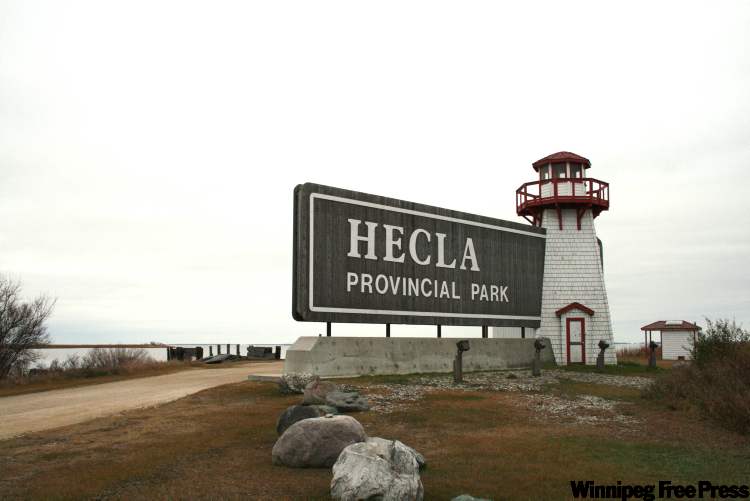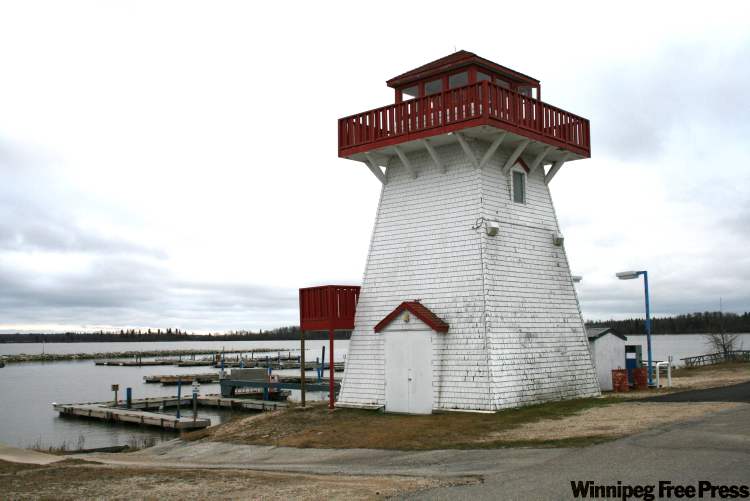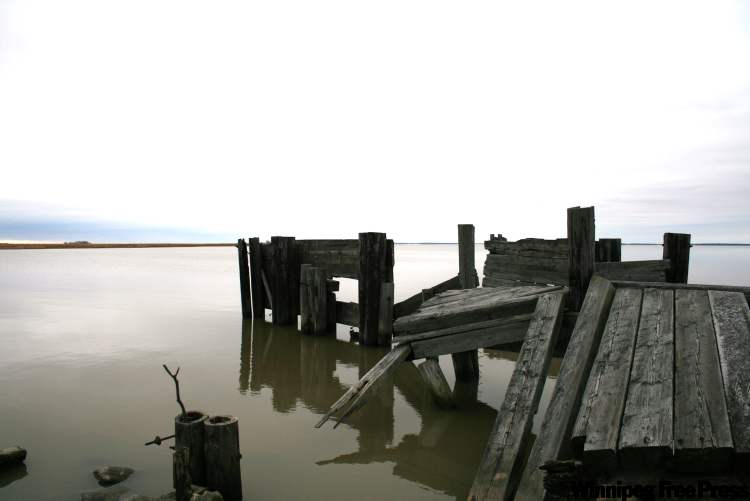Historic Hecla
Advertisement
Read this article for free:
or
Already have an account? Log in here »
To continue reading, please subscribe:
Monthly Digital Subscription
$1 per week for 24 weeks*
- Enjoy unlimited reading on winnipegfreepress.com
- Read the E-Edition, our digital replica newspaper
- Access News Break, our award-winning app
- Play interactive puzzles
*Billed as $4.00 plus GST every four weeks. After 24 weeks, price increases to the regular rate of $19.00 plus GST every four weeks. Offer available to new and qualified returning subscribers only. Cancel any time.
Monthly Digital Subscription
$4.75/week*
- Enjoy unlimited reading on winnipegfreepress.com
- Read the E-Edition, our digital replica newspaper
- Access News Break, our award-winning app
- Play interactive puzzles
*Billed as $19 plus GST every four weeks. Cancel any time.
To continue reading, please subscribe:
Add Free Press access to your Brandon Sun subscription for only an additional
$1 for the first 4 weeks*
*Your next subscription payment will increase by $1.00 and you will be charged $16.99 plus GST for four weeks. After four weeks, your payment will increase to $23.99 plus GST every four weeks.
Read unlimited articles for free today:
or
Already have an account? Log in here »
Hey there, time traveller!
This article was published 18/11/2010 (5461 days ago), so information in it may no longer be current.
Hecla/Grindstone Provincial Park
Fall is an interesting time of year for Manitoba’s provincial parks. The busy summer season is over and the winter recreation season has yet to start up. Most parks are extremely quiet. Hecla/Grindstone Provincial Park is no exception. The lack of crowds makes this a great time to visit the park.
Hecla/Grindstone Provincial Park is one of the best known provincial parks in Manitoba. Located roughly 160 kilometres north of Winnipeg on Highway 8, the park is divided into four distinct regions – Hecla Island, Grindstone Peninsula, Black Island, and Deer Island. Both Deer and Black islands are uninhabited, while Grindstone Peninsula sports a large cottage community. Hecla Island is the heart of the park, both historically and recreationally.

Hecla Island, connected to the mainland by a short causeway that spans a channel of Lake Winnipeg, features a variety of recreation options year-round. Grassy Narrows Marsh is an excellent area for bird watching. Bike trails cut through the island’s forest and beautiful beaches dot the shoreline. The luxurious Radisson Hecla Oasis Resort, open from May until November, features an excellent spa and golf course. During the winter, cross-country ski trails criss-cross the island.
Hecla Island is also very important historically. In 1875, the Canadian government granted a large tract of land along the western shore of Lake Winnipeg to settlers from Iceland. Hecla, or Mikley Island as it was known then, was the northern boundary of New Iceland. The first settlers arrived on Hecla a year later and a thriving fishing community sprang up on the island’s eastern shore. The people of New Iceland practiced self-government until 1881, when the settlement was absorbed by Manitoba.
Residents of Hecla Island were isolated until the 1950s, when electricity and regular ferry service to the mainland were introduced. By the 1960s though, the community was in decline. The island’s fishing industry was suffering and people began to leave the island. In the late 1960s, Hecla’s residents approached the Manitoba government and petitioned that the island be made into a provincial park, as a way to provide jobs and economic stimulus. As a result, Hecla Island Provincial Park was established in 1969. The causeway that connects the island to the mainland was completed six years later. The park was merged with Grindstone Provincial Park in 1997.
After crossing the causeway, my travel companions and I checked out the historical sites of the park first. We stopped at historic Hecla Village, about 10 kilometres east of the park entrance. The village features six restored buildings from the early days of the island’s Icelandic settlement. A church, school, community hall, and several other buildings line the lakeshore. The village provides an interesting look at life in an early 20th century fishing settlement.
A few kilometres north of Hecla Village are Gull Harbour and the Radisson Hecla Oasis Resort. The day we were there was the last day of the season for the resort. It’s unfortunate that the resort no longer remains open for the winter. With no hotel open on the island, fewer people will get to experience the great cross-country skiing that’s available in the park.

The rest of Gull Harbour has already been shut down for the season. The iconic lighthouse stands watch over an empty marina, as all the boats have been pulled out for the winter. Gull Harbour wasn’t completely deserted though. With very few people around, the deer have taken over. We ran into them wherever we went. Several does ambled through a playground and a large buck leisurely strolled through the campground. Even though I saw dozens of deer during my summer journeys and had several close encounters with deer and my car, at Hecla it was still nice to get up close and personal with them.
Hecla/Grindstone Provincial Park was quiet the day we were there, but that made for a great experience. Now that fall is over and winter has descended on us, the winter season is starting up for many of Manitoba’s provincial parks. I’ll be checking out what winter activities Birds Hill, Whiteshell, and Asessippi provincial parks have to offer in the weeks ahead.


Parks visited in today's post:
View A(sessippi) to Z(ed Lake) in a larger map

